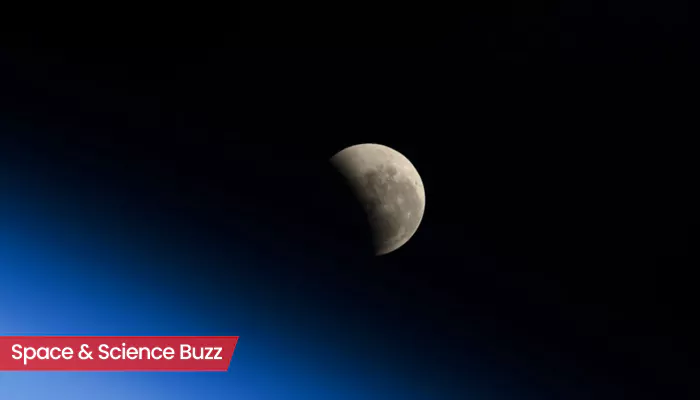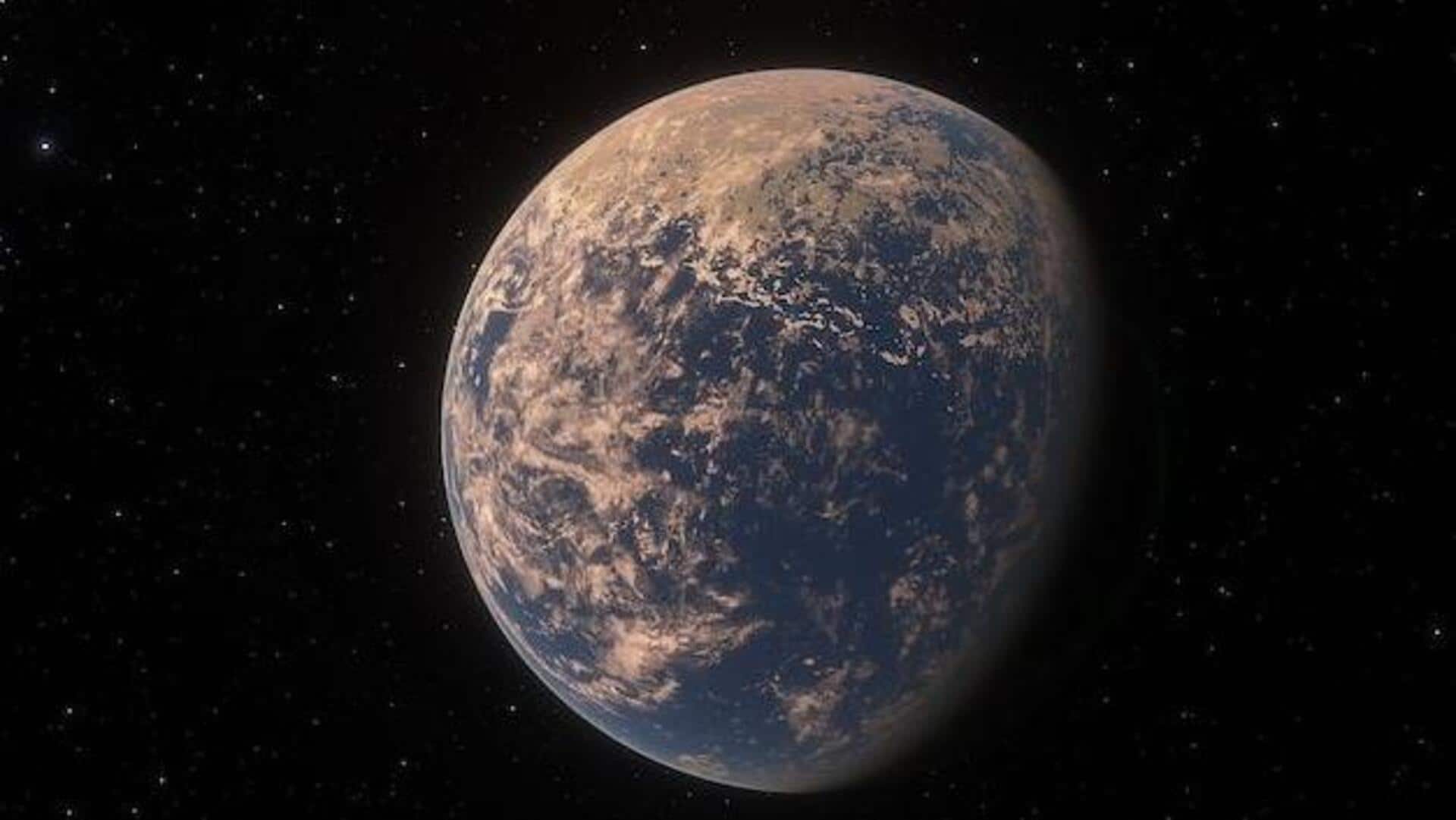Unveiling Secrets: Spacecraft unravel mysteries of solar system's past. Discover how they shape our cosmic understanding. Read on!
For generations, humanity has gazed at the stars, wondering about the vast
expanse of space and our place within it. While telescopes offer a glimpse into the cosmos, it's the intrepid spacecraft that truly allow us to unravel the mysteries of our solar system's history.

These robotic explorers, packed with sophisticated instruments, journey to distant planets, moons, asteroids, and comets, gathering data that paints a detailed picture of how our cosmic neighbourhood formed and evolved over billions of years.
The information obtained by these missions is invaluable, providing insights into the very origins of life and the processes that shaped the planets we know today. They help scientist in understanding the conditions when our solar system was new.
Spacecraft study solar system evolution through planetary materials
Spacecraft act like time machines, bringing back snapshots of different eras in our solar system's existence.

By analyzing the composition of planetary surfaces, atmospheres, and even subsurface materials gathered during missions like NASA's Mars rovers or ESA's Rosetta comet mission, scientists can piece together a chronology of events.
They can determine when volcanoes were active on Mars, how the Earth's atmosphere changed over millennia, or what kind of building blocks were present in the early solar system from which the planets eventually formed.
This is invaluable in knowing which planetary body is made of what and the process for it's formation. This information sheds light on the conditions in the solar system at a particular time.
Studying asteroids and comets reveals solar system's history
One particularly crucial aspect of understanding our solar system's history lies in studying asteroids and comets. These celestial bodies are essentially leftovers from the solar system's formation, pristine samples of the materials that coalesced to form the planets.

Spacecraft missions such as NASA's OSIRIS-REx, which collected a sample from asteroid Bennu, provide scientists with unprecedented access to these ancient materials.
The analysis of these samples reveals the composition, structure, and age of these objects, offering clues about the conditions and raw materials present in the early solar system. Scientists can now understand how solar system formed and what role did asteroids and comets played.
Spacecraft study planetary magnetic fields to understand solar system history
Another significant contribution of spacecraft to our understanding of solar system history is the study of planetary magnetic fields. These fields act like shields, protecting planets from harmful solar wind radiation.

By mapping the magnetic fields of different planets, spacecraft such as NASA's Juno mission to Jupiter, help scientists understand the internal structure and dynamics of these planets.
Changes in the magnetic field strength and orientation over time can reveal information about the planet's past, including major geological events. Space probes have mapped the planets in detail to understand the forces and conditions that shape a planet.
Exploring moons' subsurface oceans for life beyond Earth
The exploration of the moons orbiting planets in our solar system is also crucial to understanding our solar system's history. Many of these moons, such as Europa and Enceladus, are believed to harbor subsurface oceans.

Spacecraft missions to these moons, such as NASA's Europa Clipper, aim to investigate the composition and habitability of these oceans.
These information would lead to a better understanding of the potential for life beyond Earth and provide clues about how life may have originated in our solar system. By studying their chemistry and internal structure, these missions offers further evidence about their past and present formation process
Spacecraft data crucial for solar system understanding and protection
The data gathered by spacecraft is not only essential for understanding our solar system's past but also for predicting its future. By studying the processes that shaped the planets and their environments, scientist can develop models to forecast how the solar system might evolve over time.

This informs us about the ways Earth's environment can change. This knowledge is crucial for protecting our planet from potential threats, such as asteroid impacts or solar flares, and for planning future space exploration missions.
Spacecraft continue to venture into the unknown depths of our solar system, each discoveries contributing to a more complete understanding of our cosmic origins.
Spacecraft missions uncover solar system evolution via asteroids & comets
Spacecraft missions act as robotic detectives, gathering clues and piecing together the story of our solar system's evolution. Missions to study asteroids and comets can reveal the building blocks of planets and the conditions while they were still very young

Planets' magnetic fields reveal internal structure; moons' subsurface oceans hint at extraterrestrial life
The magnetic fields of planets can lead to an understanding of their internal structure and history. The moons orbiting planets can have subsurface oceans, offering clues about the potential for life beyond Earth and how it all originated.

Scientists analyze planetary composition for historical insights
By analysing the composition of planetary surfaces, atmospheres, and subsurface materials, scientists can create a log of what happened in the past. They gain valuable information about all activities of the solar system from the past.

This knowledge is used to know the events on how the Earth changes with time.
Spacecraft study Mars, Earth's atmosphere, and solar system's origins
Spacecraft help scientists determine when volcanoes were active on Mars, how the Earth's atmosphere changed over millennia, or what kind of building blocks that were present in the early solar system which led to the development of the planets.













